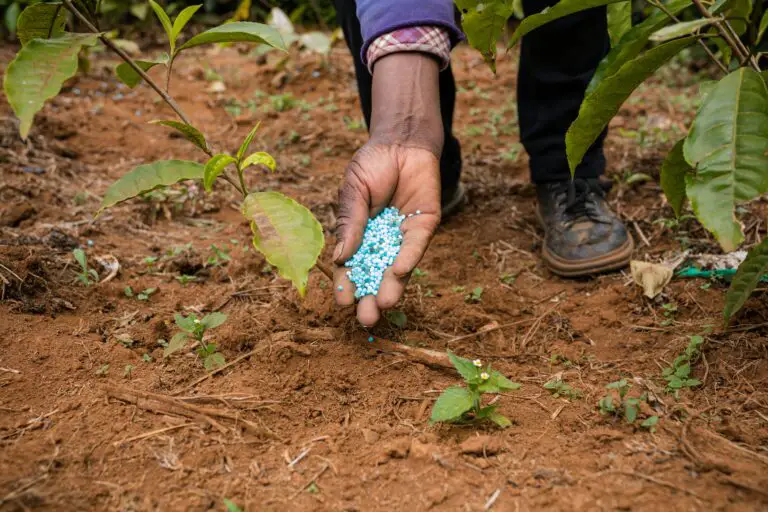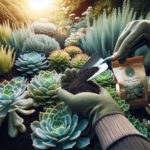Introduction to Sedum
Welcome to the diverse world of sedums, or stonecrops as they’re affectionately known. With their striking foliage and resilient nature, sedums have fast become a staple in garden landscapes. These robust plants come in an eclectic mix of species, each adding a unique touch of greenery to your outdoor space. Let’s delve into what makes sedums a go-to choice for gardeners who appreciate beauty without the burden of high maintenance.
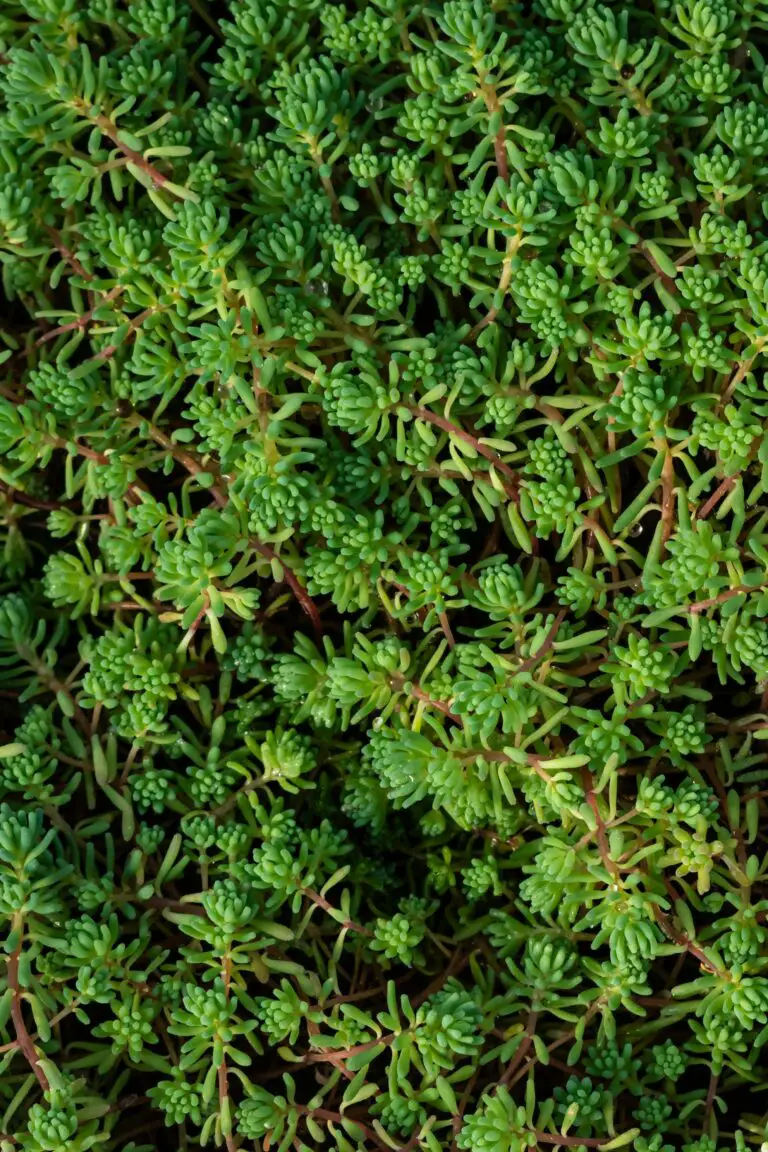
Sedums are celebrated for their hardiness. They thrive where others wither, making them perfect for those dry, tough spots in your garden. Plant them in that sunny corner, and watch as they fill the area with vibrant life. From the soft carpeting varieties that blanket the ground to the upright types that add structure and height, sedums are low-maintenance champions that laugh in the face of drought and neglect.
If you’re pondering over the best ways to care for these succulent wonders, look no further than this detailed guide on sedum care, which covers everything from sunlight requirements to watering needs. And when you’re ready to take your garden to the next level, why not explore some insider tips on how to make your stonecrops thrive? Remember, with sedums, it’s all about understanding the simple needs of these durable beauties to achieve a garden that’s both lush and virtually self-sustaining.
Understanding Sedum Nutritional Needs
When it comes to succulents like sedum, also known as stonecrop, their care often defies conventional gardening wisdom. Unlike many garden dwellers thirsting for nutrients, the sedum stands out with its modest appetite—a testament to its resilience and adaptability. But what does this mean for the green-thumbed enthusiast eyeing the fertilizer? Let’s dig in and unearth the facts.
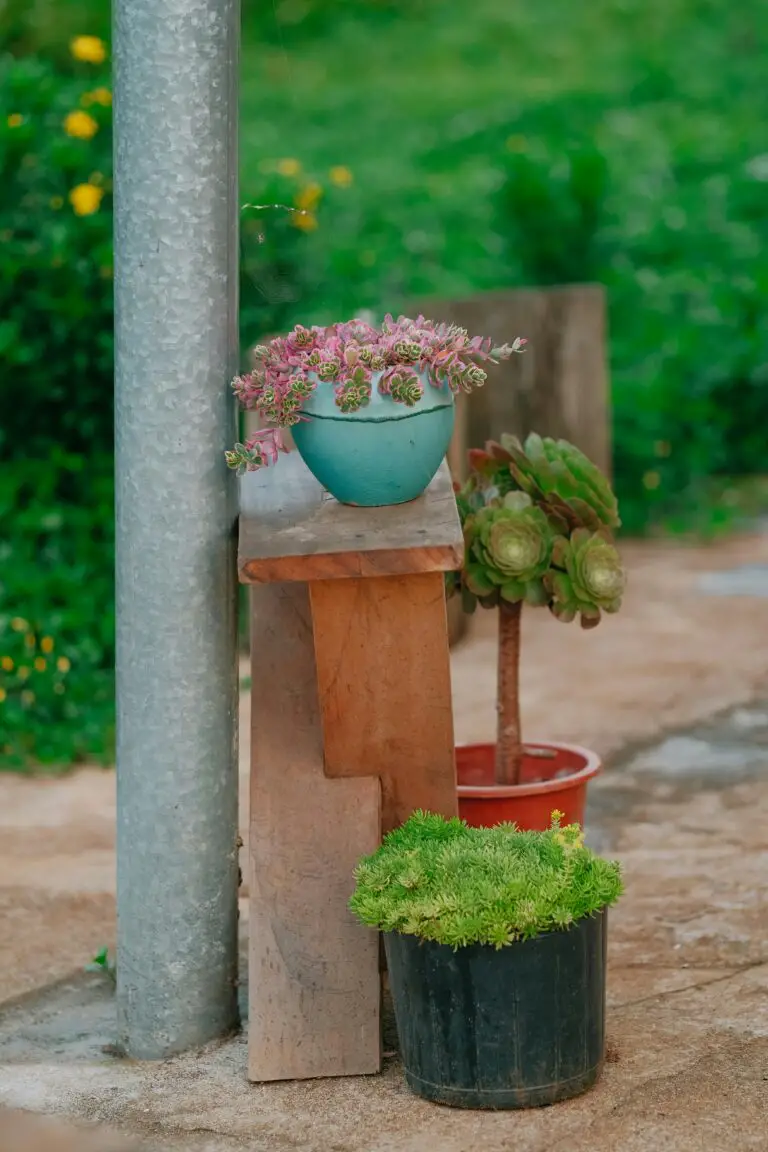
Envision the rugged landscapes where sedum naturally thrives—rocky crevices, alpine slopes, and arid expanses. In these challenging environments, sedum has evolved to flourish with minimal nutritional offerings. Contrast this with the lushness of a well-tended garden bed, bursting with nutrient-rich soil; it’s a different world altogether. This stark juxtaposition helps explain why sedum’s fertilizer needs are more about complementing its inherent hardiness rather than compensating for deficiencies.
Such hardy characteristics mean that sedum doesn’t require the same feeding schedule as your roses or tomatoes. In their natural habitat, these vigorous plants have honed their ability to capture what they need from the scantest of resources. Over-nourishing sedum can lead to a softening of its constitution, making it more susceptible to diseases. It’s somewhat akin to overfeeding a wild animal—it could lose the instincts that make it self-sufficient, robust, and distinctive.
Consider the following: a sedum in an ordinary garden setting, catching the gaze of passersby with its sculptural foliage and starry blooms. Without the excess of fertilizers, it remains compact and resilient, a showpiece of sustainability. One might relate this to a trailblazing explorer thriving on a diet perfectly attuned to the environment—a minimalist yet entirely sufficient approach to sustenance. It’s this very simplicity in feeding that underlines the sedum’s appeal and ease-of-care for gardeners everywhere.
Now, picture the overfed sedum. Puffed up with nutrients, it grows unruly and out of character, losing its stout posture and rather becoming an example of what happens when we overstep nature’s balance. Think of it as a lesson in restraint and respect for these hardy souls of the plant kingdom and a nod to the “less is more” philosophy in gardening.
As we navigate the nuances of nurturing stonecrop, it’s crucial to realize that while sedum requires some nourishment, it’s more about the judicious touch than the generous hand. It’s about understanding and working with Mother Nature, not against her. So, the question isn’t simply ‘should you fertilize sedum?’ but ‘how can you support its natural fortitude?’ The answer lies in observing, respecting, and ultimately, imparting just enough care to let it thrive true to its nature.
To Fertilize or Not to Fertilize Sedum
As a garden enthusiast, you may find yourself wondering about the best practices for nurturing your beloved sedum, also known as Stonecrop. It’s a common quandary: “Should you fertilize sedum?” This debate has sparked numerous conversations among green-thumbs, and the answer isn’t as straightforward as one might hope.
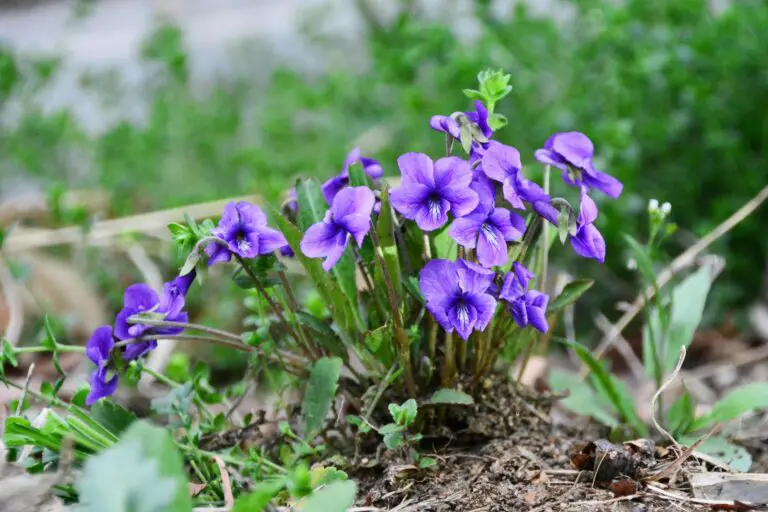
Imagine this scenario: you’re gazing at your garden, proud of the diverse array of sedum varieties adorning your space, each adding its own unique touch to the landscape. But then, you notice that they’re not all flourishing as they might. Some look underwhelmed, prompting the question of whether a sprinkle of fertilizer might be the magical touch they need. However, the beauty of sedums lies in their hardy nature and remarkable sustainability.
Indeed, sedums are beloved for being low-maintenance, resilient, and adaptable. They have a natural knack for thriving in rocky, unfavourable soils where other plants might falter. Sedums have evolved to store water in their fleshy leaves, arming them against dry spells. This survival strategy hints at their preference for a tough-love approach to care, often requiring minimal intervention.
Yet, there are circumstances when fertilizing sedum can prove beneficial. If you’re cultivating sedum for commercial reasons or striving for a specific growth pattern or bloom density, the addition of nutrients, particularly during the active growing season, can propel your sedum to meet those goals. For instance, when you’re starting off with young sedum plants, a thoughtful dose of a balanced, slow-release fertilizer elaborated for succulents can boost their development.
Nevertheless, it’s a delicate balance. Over-fertilizing can lead to an abundance of foliage at the expense of flowers, diminishing the sedum’s signature starburst blooms. Not to mention, excess nutrients can accumulate and harm the ecological balance of your garden. What’s more, sedums’ self-sufficiency plays a pivotal role in garden sustainability practices, and artificially enhancing their growth could detract from this strength. The takeaway? Fertilize sparingly, if at all, and let nature do what it does best.
Ultimately, the decision to fertilize your sedum plants rests with you, the gardener. Reflect on the specific needs of your plants, the condition of your soil, and the goals for your garden. By doing so, you’ll ensure that your sedums continue to be the low-care, beautiful anchors of sustainability in your green haven.
Types of Fertilizer Suitable for Sedum
When it comes to the well-being of your sedum, or ‘stonecrop’, the buzz around town is all about whether to fertilize or not to fertilize. But, assuming you’re on the “pro-fertilizer” team, let’s dive into a down-to-earth discussion about the types of plant food that hit the jackpot for your sedum’s health—organic or chemical, slow-release or liquid. It’s like choosing between a home-cooked meal and fast food, or a steady diet versus a feast-or-famine routine.
Let’s start with organic fertilizers. Think of them as the ‘slow food movement’ for plants—they release nutrients at a gentler pace, building up the soil and your sedum’s vigor over time. Compost, fish emulsion, and bone meal are the MVPs here. They’re kind of like that trusty, old friend who’s always there, releasing goodness bit by bit, making sure your sedum isn’t getting too much of a good thing all at once.
On the flip side, we’ve got chemical fertilizers. They’re the flashy, fast-acting solutions that can give your sedum a nutrient boost quicker than a New York minute. But beware—the high can be short-lived, and too much too fast can lead to growth spurts followed by a crash, leaving your sedum feeling all out of sorts.
Then there’s the debate between slow-release and liquid fertilizers. Slow-release fertilizers are like a time capsule, ensuring your sedum gets a steady supply of nutrients over a longer period. Imagine it as a slow drip of sustenance, providing just the right amount of TLC for your green pal. Liquid fertilizers, however, are like that espresso shot in the morning. They’re quick, efficient, and ready to go, zipping through the soil to give your sedum an instant perk-up. Just ensure it’s a balanced mix so your sedum can soak up all the benefits without the jitters.
Now, what do real-life green thumbs say? Many sedum aficionados opt for minimal intervention, wielding organic options to bolster not just their plants but the entire ecosystem. It’s about nurturing your sedum sustainably—so it’s not just surviving but thriving.
For instance, imagine you’ve just given your sedum a home near a charming, rocky nook. Using an organic, slow-release fertilizer can encourage its roots to drive deep into the ground, finding nutrients and moisture, and ultimately creating a hardy, drought-resistant showstopper. It’s pretty much setting the stage for success—and if you’re curious about other best practices for robust growth, check out how to support your sedum to keep it standing tall and proud.
Ultimately, it’s not just about plumping up your sedum with nutrients but doing it mindfully. Whether you lean towards organic or chemical, slow-release or liquid, remember that your sedum’s health mirrors the health of your soil. So, nurturing that slice of earth where your sedum sets its roots is key—a happy soil begets a happy plant. And isn’t that what we’re all rooting for?
Timing and Frequency of Fertilization
When it comes to nurturing sedum, colloquially known as Stonecrop, the difference between a flourishing spectacle and a subdued garden presence can often trace back to the nuances of fertilization. Finding the sweet spot for when and how often to fertilize these resilient perennials is a gardening finesse akin to a chef mastering the perfect pinch of salt. So, let’s talk about finding that gardening ‘umami’ for your sedum.
Imagine a balmy spring morning—the kind that’s ripe with new beginnings and the earthy scent of awakening soil. This is the time of year when sedum plants shake off winter’s slumber and eagerly await the nutrients required for their upcoming performance. Early spring, just as the buds begin to show their intent, is an ideal period to introduce a balanced, slow-release fertilizer. This initial boost composes the overture to a season-long symphony of growth and color.
But much like overwatering a succulent, over-fertilizing sedum can lead to a lackluster outcome. These hardy succulents are nature’s low-maintenance children, thriving on neglect rather than coddling. In this vein, a single early spring application may very well suffice. However, for gardeners nurturing particularly voracious varieties or those seeking more robust blooms, a second helping of fertilizer can be served up as summer peeks around the corner.
What you’re aiming for is the embodiment of Goldilocks’ principle—not too much, not too little, but just the right amount of fertilizer. Diverging from this middle path can lead to floppy, overgrown sedum that sags with the burden of excess rather than stands proudly with sustainable vigor. Therein lies the art: observe, deduce and provide only what’s necessary to coax out their inherent beauty, allowing the sedum to flaunt its natural splendor.
Remember, sustained health takes precedence over fleeting opulence. By aligning fertilization with the pace of sedum’s natural growth cycle, you’re setting the stage for not just a season, but years of vibrant displays. Take cues from the vitality of your plants and adjust your approach correspondingly. Just like life, gardening is an iteration, learning from the past to enhance the future.
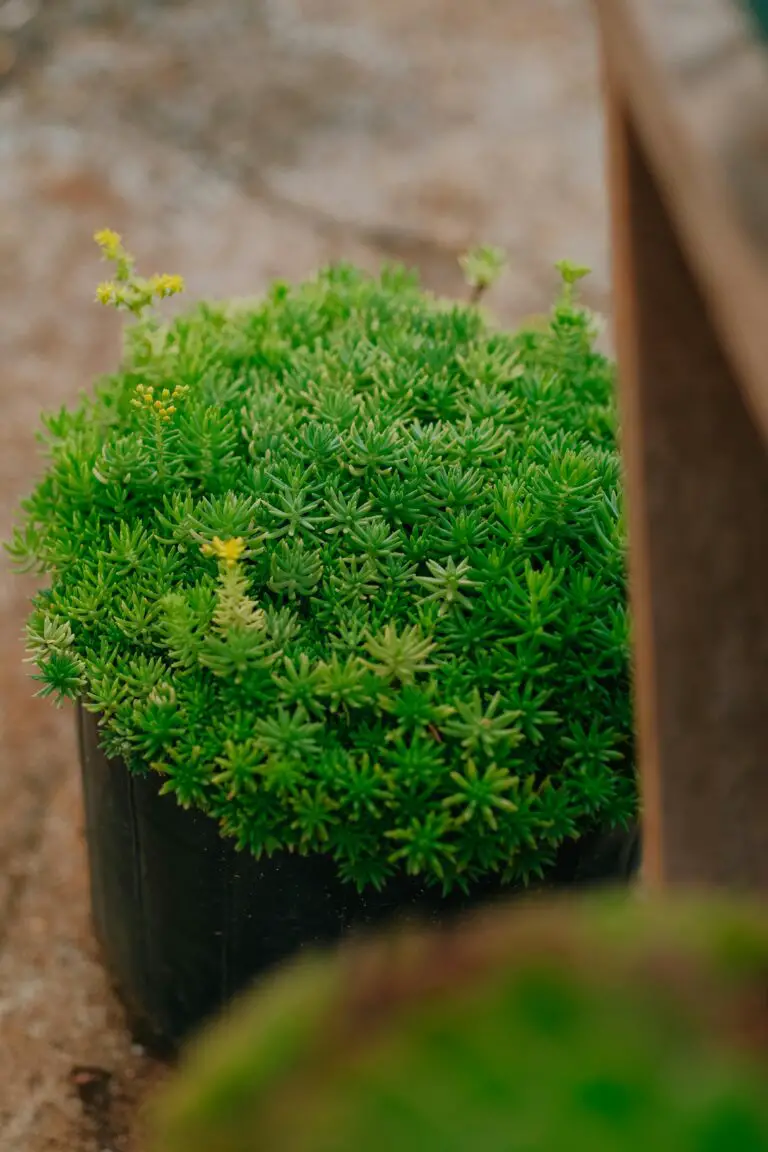
Application Methods for Fertilizing Sedum
Ah, sedums! Those hardy, succulent beauties that bring life to any garden with their lush foliage and starry blooms. You might think, “Do these low-maintenance charmers even need fertilizer?” Well, let’s get into exactly how to tread the fine line between nourishing your sedum and the horror of overfeeding.
Choose Your Weapon: Fertilizer Types
First things first, you’ll want to ensure that you’re using a fertilizer that’s fit for sedum warfare—preferably something gentle with a balance of nutrients. Overloading with high-nitrogen fertilizers can lead to leggy plants and a weakened state prone to pests. Imagine equipping your sedums with heavyweight armor when what they need is something light and efficient. Stick to a slow-release granular mix or a balanced liquid concoction—the choice is yours.
The Moderate Approach: Less Is More
When it comes to application, imagine you’re seasoning your favorite dish. You wouldn’t douse your gourmet meal in salt, would you? The same principle applies to applying fertilizer to sedum. A little sprinkle in the spring should do the trick, giving them that kick without sending them into nutrient shock. It’s about that subtlety—not too much, not too little, just the perfect pinch for thriving growth.
Method Mastery: Techniques for Optimal Feeding
Now, let’s talk distribution. Using a broadcast spreader? Please make sure it’s set to the praise-worthy precision of a Swiss watch. If you’re opting for a liquid freshener, then apply it just like the morning dew—delicate and evenly spread. That way, you prevent the all-dreaded fertilizer burn, akin to your sedums getting a bad sunburn. And who wants a garden full of sunburnt sedums?
When you’re targeting the roots, be as gentle as a fairy’s touch—sedum roots are robust but don’t enjoy rough handling. If you’re a hands-on plant parent, ensure the granules are close, but not too close, to the crown. Just think of it as tucking your sedums in with a nutrient blanket that will slowly release its magic over time.
Here’s a tip ripped straight from the garden diaries of seasoned growers: Water your sedum before and after applying granular fertilizer. It’s like sipping a nice glass of wine before a meal. It preps the plant for the feast of nutrients it’s about to absorb. Hydration is a critical ally in this delicate balancing act.
For a visual guide that complements this battlefield strategy, feast your eyes on this helpful tutorial. It’s a portal to seeing these techniques in action—a must-watch for any sedum guardian.
Remember, gardeners, the essence of fertilizing sedum is restraint with a touch of tactical precision. Treat them right, and watch your sedum turn your garden into a lush green lair worthy of legend.
Signs of Over-fertilization in Sedum
Just like overwatering a plant can leave it gasping for air, too much fertilizer can put our sturdy sedum in a tight spot. Let’s dive into the telltale signs that your sedum might be calling out for a break from the nutrient feast.
Picture this: The leaves of your once vibrant stonecrop start turning a brittle brown at the edges, almost as if they’ve been singed by the sun. This could be a classic case of fertilizer burn. That’s right, instead of a sun-kissed tan, your sedum is reeling from nutrient overload. But how do you confirm that you’re dealing with over-fertilization and not some other plant plight?
Look for clues like a crusty buildup of fertilizer on the soil surface or leaves that appear to have taken on an unnatural hue of deep green or have an unusual growth pattern. These visual cues are like reading tea leaves, but rather than predicting the future, they’re telling you about the nutrient excess in the present.
Plants speak in silent symptoms and sedum’s whispers of distress could manifest in slower growth or even leaves that fall off with a slight touch—a sure sign that your green friend needs a break from its nutrient-rich diet. It’s like that one friend we all have who goes overboard at the all-you-can-eat buffet… eventually, something’s got to give.
So how do you fix fertilizer burn or nutrient toxicity? First, water your sedum deeply. This isn’t just any kind of watering; it’s thorough and purposeful, washing away excess fertilizer like a gentle detox cleanse. You might also need to remove the affected leaves or topsoil, starting fresh like painting over a wall that’s seen better days.
The road to recovery isn’t always quick for our sedum, but with careful attention and a little TLC, it can bounce back. It’s all about balance, just like finding the perfect seasoning for your favorite dish—too much salt and the whole meal is ruined; just the right amount and it’s a culinary masterpiece.

If you recognize the signs early, you can prevent over-fertilization and keep your sedum thriving. Keep an eye out and don’t be too generous with that fertilizer bag. Remember, sometimes less is more, and this is one of those times. Your sedum will thank you for it—silently, with luscious growth and vibrant health.
Organic Fertilization Techniques
Adopting a sustainable approach to gardening not only benefits our environment but also enhances the overall health of your plants. Sedum, commonly known as Stonecrop, thrives with minimal care, yet the introduction of organic fertilization strategies can significantly boost its vitality. Let’s delve into how nature’s own resources can feed your sedum, propelling it to flourish with vigor.
The art of composting is a tale as old as time, yet remains a cornerstone of organic gardening. By repurposing kitchen scraps and yard waste into rich humus, one can create a homemade elixir teeming with nutrients. Imagine layering your sedum’s base with this compost; you’re not only providing a feast for the plant but encouraging a thriving ecosystem beneath the soil. The microorganisms that break down compost materials also play a pivotal role in augmenting soil structure and fertility, which in turn, translates to a resilient and robust sedum.
Incorporating natural amendments like bone meal, rock phosphate, or kelp can do wonders. Each of these brings a unique set of minerals to the table. Bone meal, for instance, is a stellar source of phosphorus, essential for root development and flowering vigor. Imagine sprinkling it around your sedum—it’s akin to giving a strong foundation to a building, sturdiness that supports all other growth.
Kelp, on the other hand, sourced from the depths of our oceans, offers a blend of trace elements and growth hormones. If your sedum could talk, it would probably thank you for the seaside treat that bolsters its immune system, much like a shield in the face of pests and diseases.
Real-life examples are a testament to the efficacy of these organic choices. Take the community garden down the lane, where local enthusiasts have seen their sedums thrive like never before—all thanks to the committed switch to compost and natural soil amendments. It’s a miniature ecosystem showcase, demonstrating that what’s good for the earth is great for your garden.
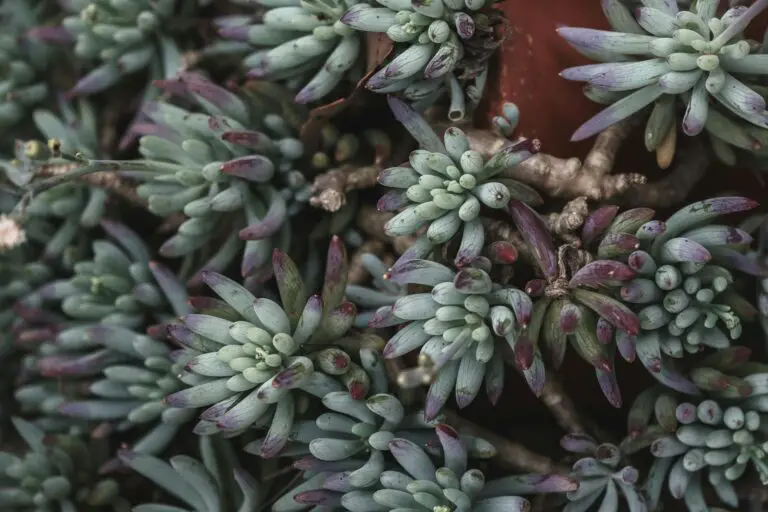
Transitioning to an organic fertilization routine isn’t just about plant health—it’s an act of conscious cultivation. It’s joining hands with Mother Nature to nurture your sedum in a way that’s as sustainable as it is gratifying. So, when pondering over whether you should fertilize your sedum, consider the organic route; it’s a path that leads to a bountiful, eco-friendly stonecrop paradise.
Sedum and Soil Health
When it comes to nurturing your sedum, the soil is the silent supporter, often overlooked yet vitally important. It’s not just about providing a place for your plant to live; it’s about creating a vibrant ecosystem that can sustain and nourish your stonecrop through the seasons. You might be wondering, “Should you fertilize sedum?” Let’s dig into that underlying question of soil health and fertilization.
Imagine a world where sedum thrives in a self-sustaining haven, drawing from a well of nutrients within the soil. This isn’t just a dream; it’s achievable with the right know-how. Consider the natural habitat of sedum—a rugged, rocky terrain where nutrients are not spoon-fed but rather acquired through a struggle, which makes them hardy and resilient. In these conditions, fertilizer is not the hero; the natural nutrient cycle is.
Think of soil as a complex soup of minerals, organic matter, and microorganisms, all intermingling in a delicate balance. When we introduce fertilizers, particularly synthetic ones, we may disrupt this balance and create dependency, where the plant expects to be fed rather than seeking out its food. It’s comparable to eating fast food daily—it might seem convenient, but it doesn’t contribute to a healthy lifestyle.
A real-life example of successful sedum care is found in permaculture practices that mimic nature’s wisdom. By enriching the soil with compost and organic matter and fostering a diverse microbial life, gardeners have created lush landscapes of sedum without the need for artificial fertilizers. These techniques cultivate a soil structure that is robust enough to support sedum growth, aiding in water retention and providing a slow-release of nutrients as needed.
Let’s look at a practical application in action. Join me as we watch a video that offers invaluable insights into maintaining soil health for sedum plants:
The takeaway here is clear: fostering a healthy soil environment is crucial for the sustainable care of sedum. So, before you reach for that fertilizer, consider the long-term health of your soil and, ultimately, your sedum. Nurturing the soil ecosystem is not only an investment in your garden but a step towards a greener future.
Fertilization Tips for Specific Sedum Varieties
Welcome to the diverse and succulent world of Sedum, or Stonecrop as they’re affectionately known by garden enthusiasts. These hardy plants boast a variety of forms, colors, and sizes, making them a favorite in rock gardens, green roofs, and even as perky potted friends on sunny windowsills. But as varied as their appearances are, so too are their appetites for nutrients. Let’s dig into the specific fertilization needs of different sedum types!
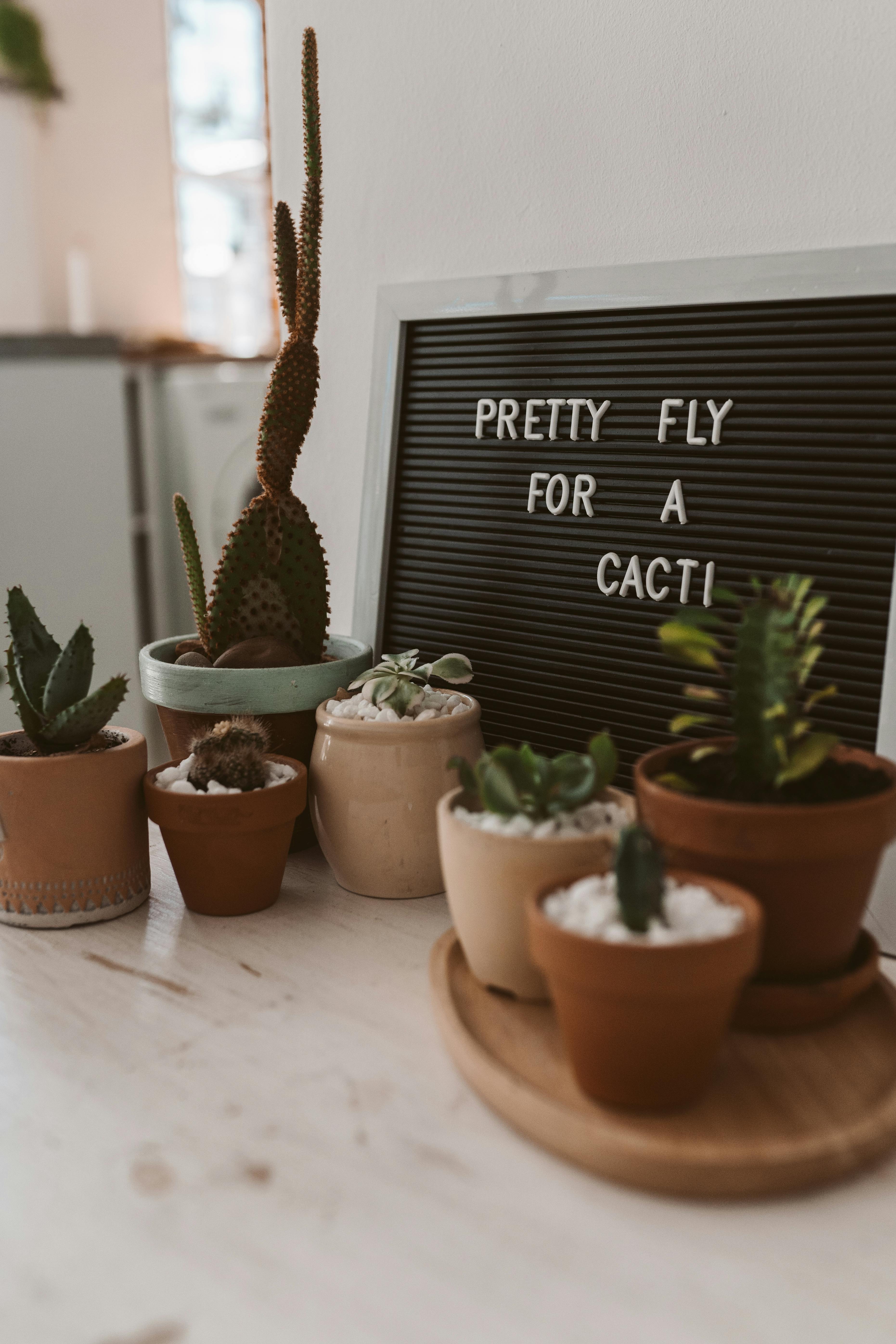
Take the ever-popular Sedum ‘Autumn Joy’, for example. This robust beauty, with its broccoli-like blooms turning from pink to a rich rust as the season progresses, is often content with the leftovers of what nature provides. In fact, it’s known for its ability to thrive in lean soils where others might falter. However, a springtime snack of a balanced, slow-release fertilizer can ensure it has enough oomph to put forth its show-stopping display come fall.
On the flipside, we have the dainty Sedum acre, a creeper that’s perfect for carpeting those tough areas where other plants wouldn’t dare venture. It’s naturally adapted to meager rations and would actually frown upon a sumptuous feast of fertilizer. Overindulgence can lead to an overly lush growth that’s weak and vulnerable to pests. This sedum variety is a testament to the axiom “less is more.”
Now, let’s not forget the striking Sedum reflexum, otherwise known as Blue Spruce Stonecrop. Its needle-like foliage, resembling a mini conifer forest, is a sight to behold. This particular variety is a bit of a middle child in the fertilization family – benefitting from a light feeding in early spring to bolster its blue-green hue but generally maintaining regality without much fuss.
The key to successful sedum fertilization lies in moderation and understanding the unique needs of each variety. Over-fertilization can lead to leggy plants, prone to toppling over or succumbing to disease. By tailoring your approach, you provide your sedum with the perfect balance of nutrients to enhance their natural beauty and resilience.
The Finesse of Feeding Your Stonecrop
Remember, sedum plants are more about the marathon than a sprint. They’re designed to endure, and as sedum lovers, our role is to support their long-term health rather than pushing for rapid growth. With these tailored tips for each sedum variety, you’re well on your way to nurturing a sustainable and vibrant sedum garden that will captivate onlookers season after season.
Frequently Asked Questions
When it comes to the lush, resplendent world of sedum – more commonly known as Stonecrop – gardeners often find themselves pondering over the right way to keep these succulents flourishing. Let’s delve into some quick answers to common concerns about fertilizing sedum, unraveling the mysteries of nourishment for these hardy beauties.
Can Over-Fertilizing Sedum Lead to Trouble?
Imagine you’re at your favorite buffet, loading your plate with delectable treats. Just as you can overindulge, so can your sedum. When well-intentioned gardeners shower their sedums with too much fertilizer, it’s like forcing the plant to eat more than it can handle. The result? The sedum may grow leggy and weak, with a diminished display of those starry blooms we all cherish. Moreover, excessive fertilizer can build up in the soil, becoming a salty nemesis to your plant’s roots. It’s a balance of giving them ‘just enough’ rather than an ‘all-you-can-eat’ ticket to nutrient town.
Choosing the Right Type of Fertilizer: The Goldilocks Conundrum
When selecting the right food for your sedum, think of the story of Goldilocks – not too much, not too little, but just right. A gentle, balanced, slow-release fertilizer can be your best bet. This steady approach ensures that sedums get a consistent stream of nutrients without the risk of the feast-and-famine cycles that can stress them out. It’s like having a steady paycheck versus winning the lottery; both bring in money, but one is certainly safer for long-term growth and happiness.
Lastly, when you consider the right type of fertilizer, organic options can often play the role of a guardian angel. They improve the soil structure and increase biodiversity, which boosts your sedum’s overall health – a bit like feeding your pet with organic treats for that shiny coat and bright eyes.
